18 Vegetables to Grow for a Continuous Harvest
Growing your own vegetables can be one of the most rewarding parts of gardening. If you choose the right ones, you can enjoy fresh harvests week after week. Some vegetables grow quickly, while others keep producing as long as you pick them often. These crops help you make the most of your garden space and time. Whether you have a large backyard or a few containers, there are many options that fit your setup. With a little planning, you can enjoy steady harvests from spring through fall.
This post may contain affiliate links, which helps keep this content free. Please read our disclosure for more info.
Lettuce
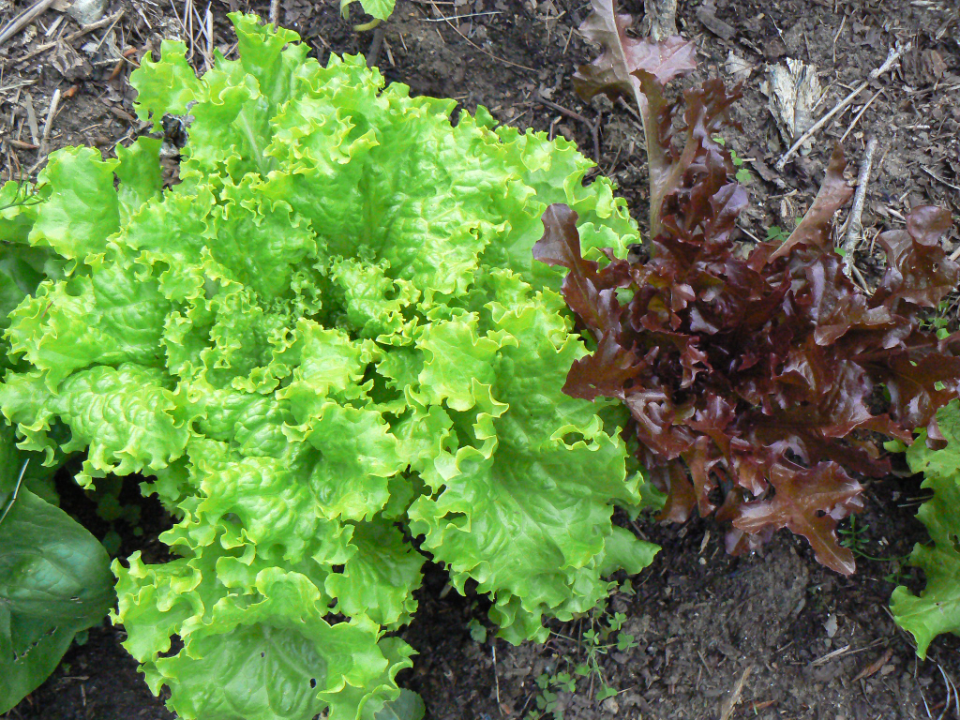
Lettuce is one of the easiest vegetables to grow for steady picking throughout the season. Varieties like loose-leaf types allow you to snip outer leaves as needed while the inner ones continue growing. This method helps you enjoy salads regularly without pulling the entire plant. Lettuce grows quickly in cool weather, making it a great option in both spring and fall gardens.
You can plant a few seeds every couple of weeks to keep a steady supply going. This technique is known as succession planting and helps prevent all the lettuce from maturing at the same time. It does well in containers or raised beds and prefers partial shade when temperatures begin to rise. Watering consistently will keep the leaves tender and prevent bitterness.
Spinach
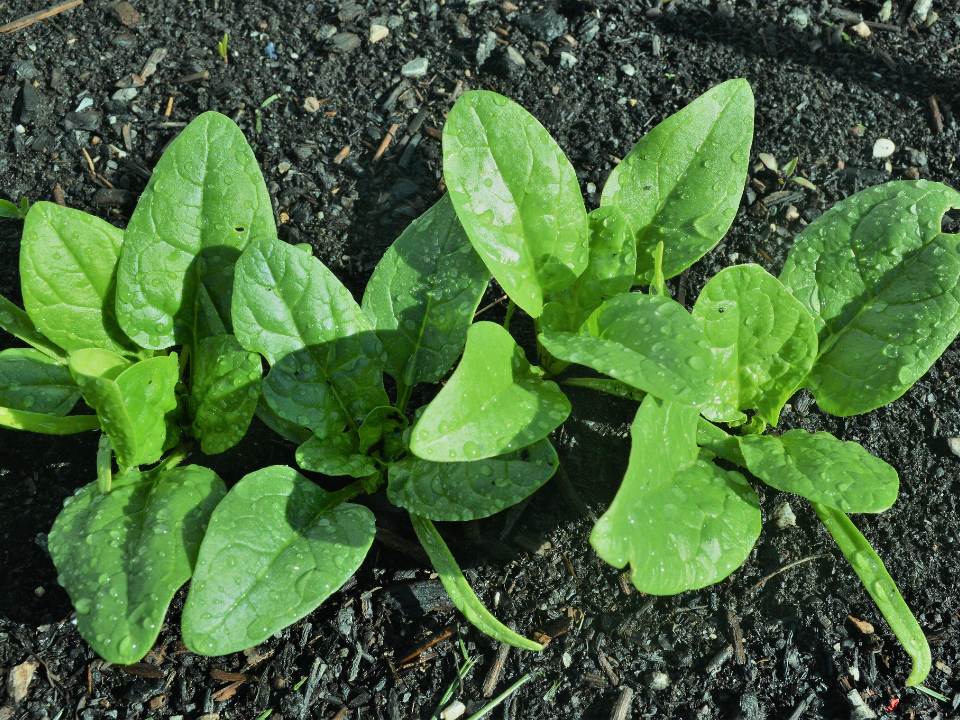
Spinach grows fast and can be harvested in small amounts over time. You can pick the outer leaves while the plant keeps producing new ones. It prefers cool conditions and grows best in early spring or late summer. Rich soil and even moisture will help spinach grow healthy and full.
To enjoy it for a longer time, sow a new batch every two weeks. This keeps young plants coming in as older ones start to fade. If temperatures get too warm, spinach may stop growing or start to flower, which affects the taste. Covering it with light fabric can help during hot spells.
Kale
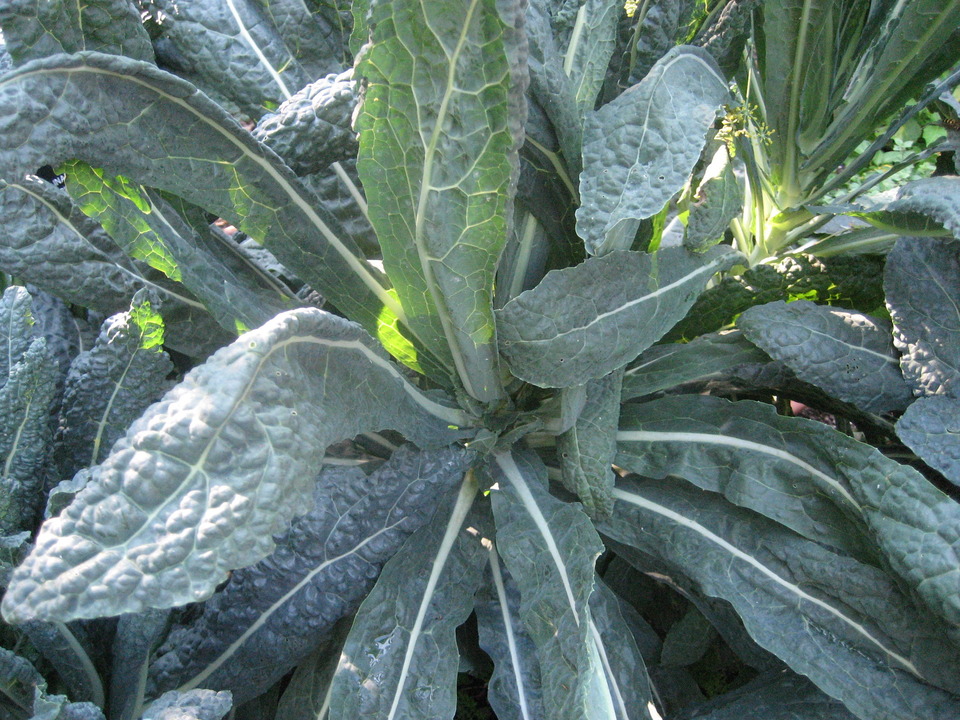
Kale is a hardy leafy green that thrives in cool weather and can be harvested repeatedly. Instead of cutting the whole plant, you can remove the lower leaves and allow the central part to grow. This method keeps the plant going for several months. Kale is also frost-tolerant, which makes it perfect for longer growing seasons.
It grows best in full sun but can handle some shade. Adding compost to the soil before planting helps support leaf growth. Regular watering and checking for pests like aphids will keep the leaves clean and healthy. A few plants can feed you well into the colder months if maintained properly.
Swiss Chard
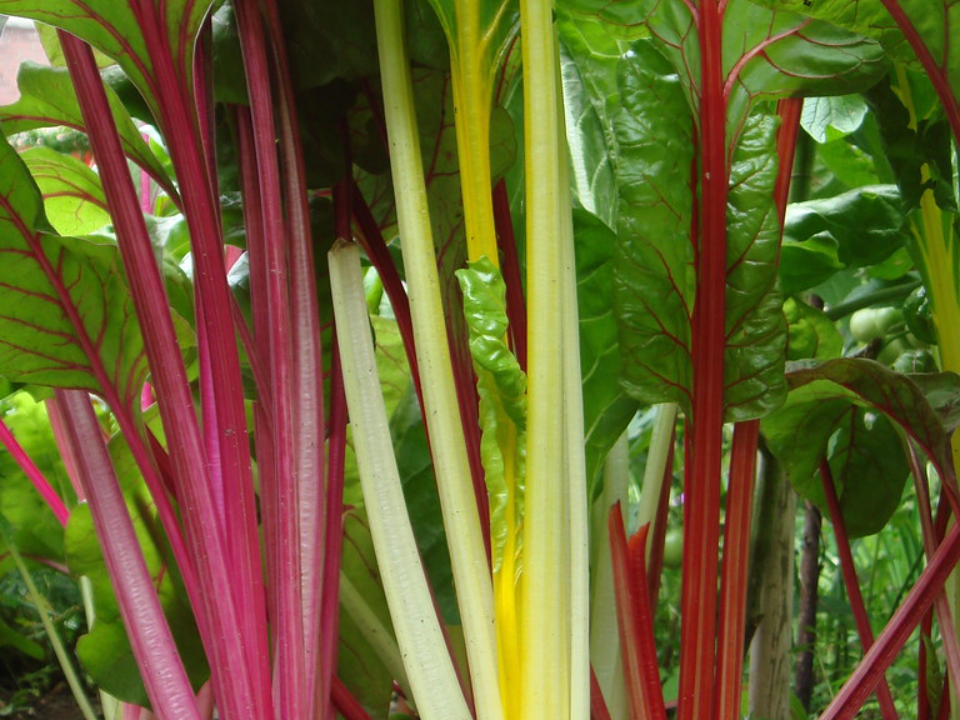
Swiss chard offers large leaves and colorful stems that can be picked for several months. You can take a few leaves at a time without disturbing the plant’s core. This steady harvest makes it an excellent choice for gardeners who like to cook greens often. It is easy to grow and does well in both cool and warm weather.
Chard grows quickly and can be started from seed or transplants. Spacing the plants properly helps them grow strong and wide. Water deeply once or twice a week to keep the leaves crisp. Removing damaged leaves also encourages fresh ones to grow in their place.
Arugula
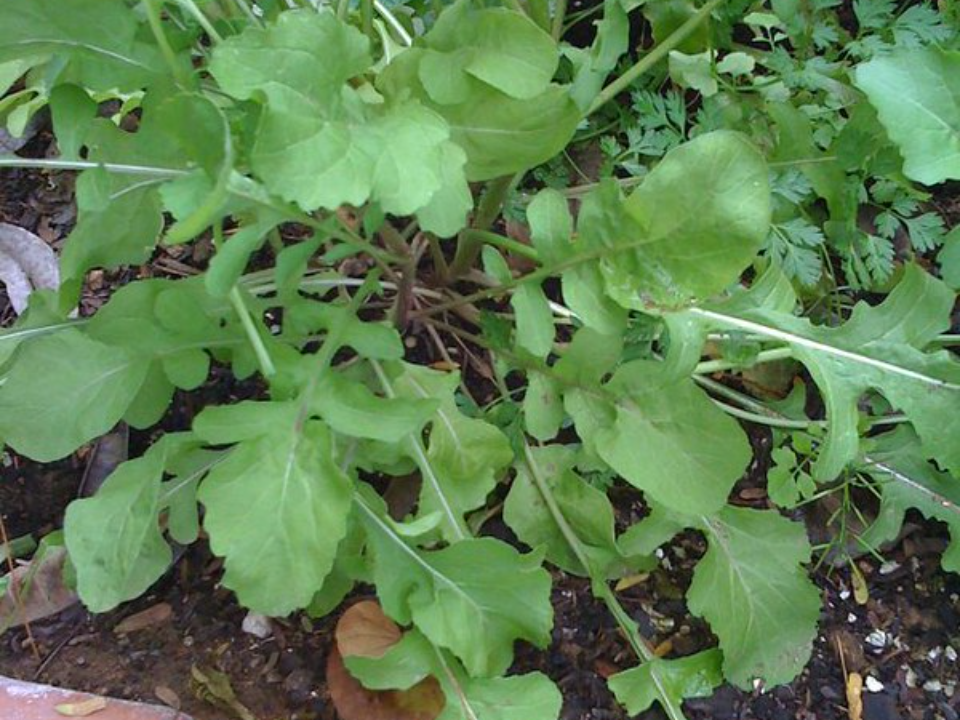
Arugula is a peppery green that grows fast and can be trimmed again and again. You can pick the leaves when they are still young for a milder flavor. As with many greens, it thrives in cooler weather and may start to flower when temperatures get too hot. Flowering reduces leaf production, so it helps to harvest often.
Planting small batches every couple of weeks keeps the flavor and texture consistent. Arugula grows well in pots, raised beds, or directly in the ground. Water regularly to avoid dry, bitter leaves. Keeping the soil moist and removing spent flower stalks will encourage longer growth.
Green Beans
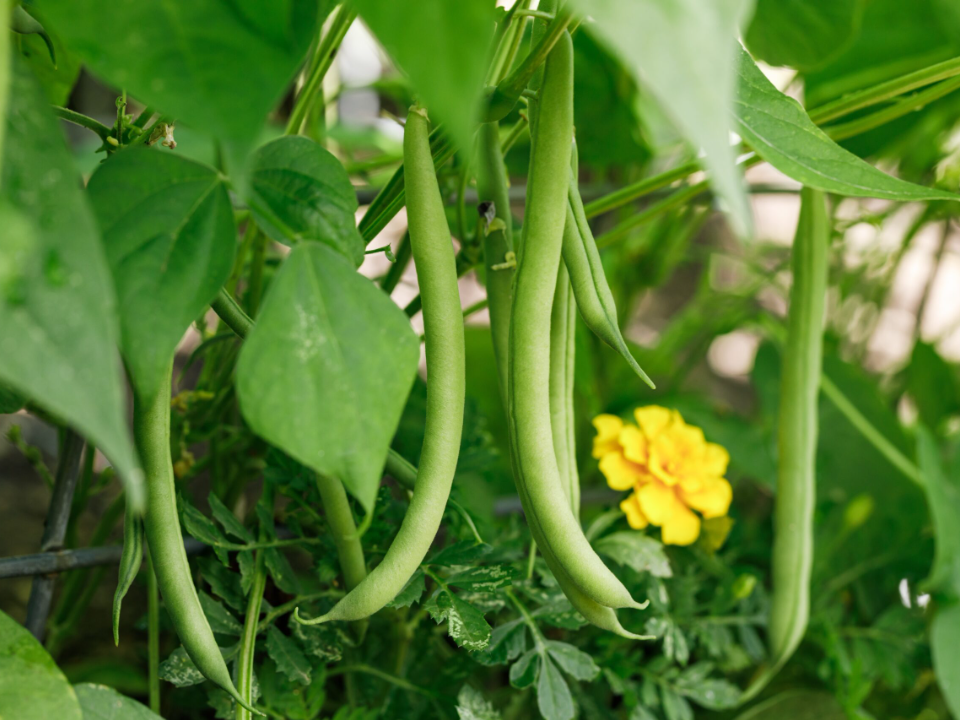
Green beans, especially the bush and pole types, give you several rounds of harvest during the growing season. They usually begin producing about two months after planting. Once they start, the more you pick, the more they grow. Pole beans, in particular, tend to give longer harvest periods compared to bush varieties.
These plants enjoy sunny spots and well-drained soil. Water at the base to avoid fungal problems. Regular harvesting keeps the plants from going to seed too early. Avoid letting beans get too large, as older pods can be stringy and less pleasant to eat.
Zucchini
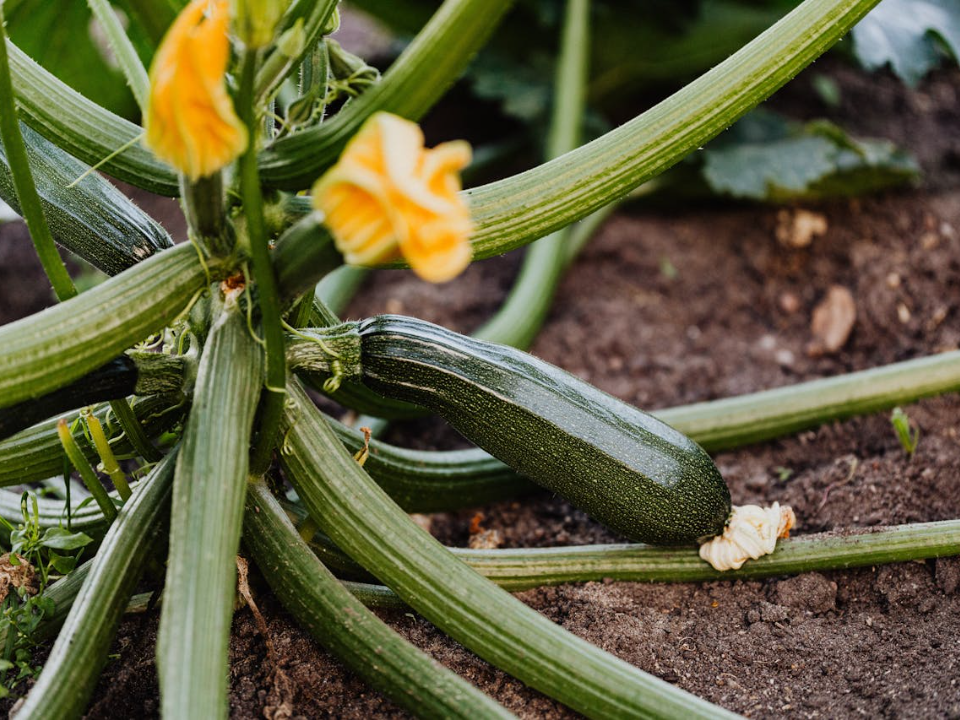
Zucchini plants are known for producing large amounts of fruit over time. After the first zucchini appears, more seem to follow every few days. Picking them while still small helps the plant keep producing. Leaving fruits on too long can slow down new growth.
Zucchini plants like warm soil and full sun. Keeping them well-watered helps them stay productive. Powdery mildew can be a problem, so give them space for air flow. If you check your garden daily, you will usually find fresh zucchini ready for picking.
Cucumbers
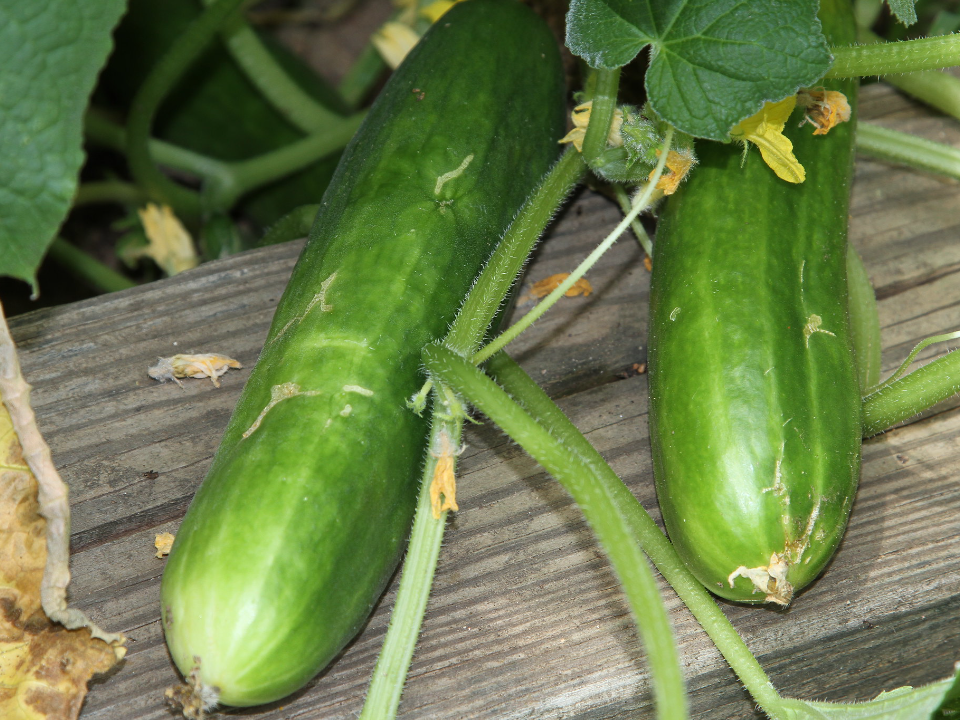
Cucumbers can be picked regularly throughout the summer if they are harvested before they grow too large. Smaller fruits tend to be crisper and better tasting. Once cucumbers begin producing, it is important to keep harvesting every couple of days. This encourages the plant to keep forming new flowers and fruit.
They prefer warm soil, plenty of sunlight, and consistent watering. Trellising helps save space and makes picking easier. Fertilizing every few weeks keeps them strong. Watch for pests like cucumber beetles and remove any overgrown fruit to avoid plant stress.
Peas
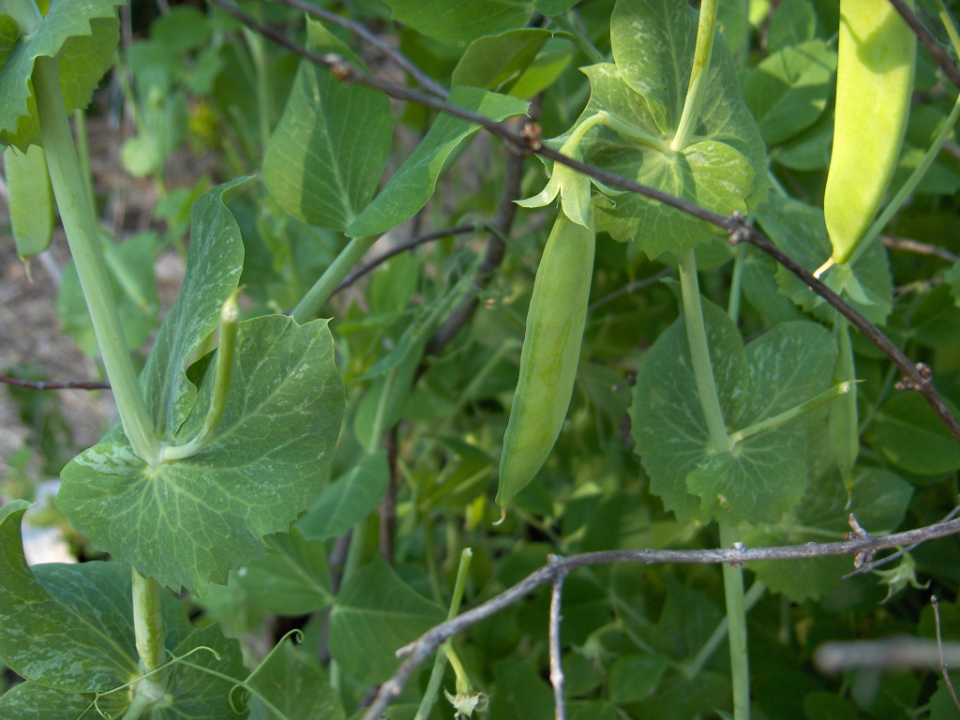
Peas grow quickly in cool weather and can offer several pickings before the heat sets in. Snow peas and snap peas are best when harvested young and crisp. They are easy to grow on a trellis or fence, which saves space in small gardens. Picking often keeps the vines producing more pods.
Sow seeds in early spring and again in late summer if temperatures allow. The plants benefit from rich soil with good drainage. Mulching helps hold moisture and keeps the roots cool. Once the weather turns hot, the plants tend to slow down or stop, so it is best to enjoy them early.
Radishes
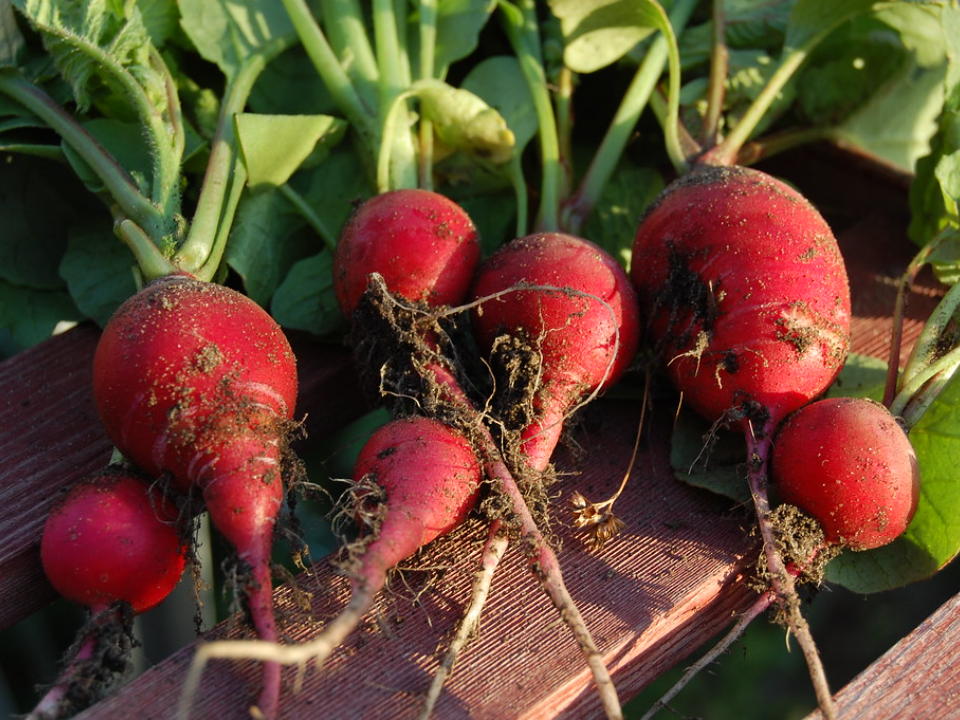
Radishes grow fast, often ready to harvest within a month of planting. You can grow them in between slower-growing crops to make the most of space. Because they mature so quickly, you can replant them several times in one season. The greens are also edible and can be used in salads.
They do best in cool weather with steady moisture. Dry spells may cause the roots to turn woody. Loosen the soil well before planting to help them form round, even bulbs. Staggered planting every week or two will give you a steady stream for weeks.
Carrots
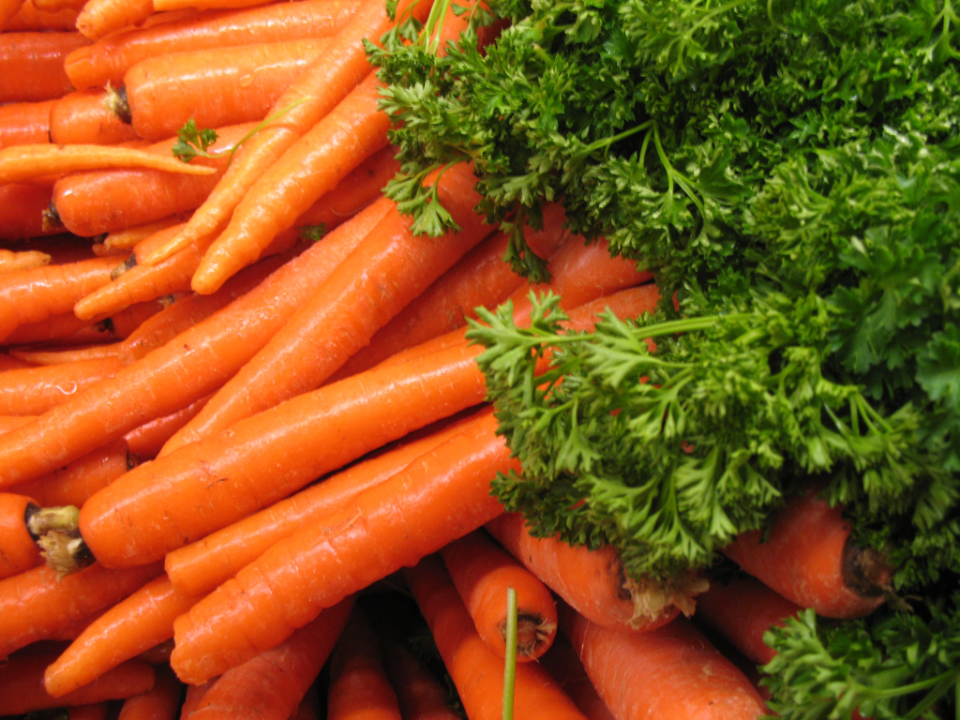
Carrots can be harvested over time depending on your needs. You can pull a few when they are still small and tender or wait for them to grow larger. They take longer to mature than many vegetables, but with the right care, you can plant in waves. This method helps keep a steady supply for several months.
They need loose, stone-free soil to grow well. Consistent watering prevents cracking. Thinning the seedlings early helps remaining carrots grow straight and strong. If planted in early spring and again in late summer, you can enjoy two harvests in one year.
Beets
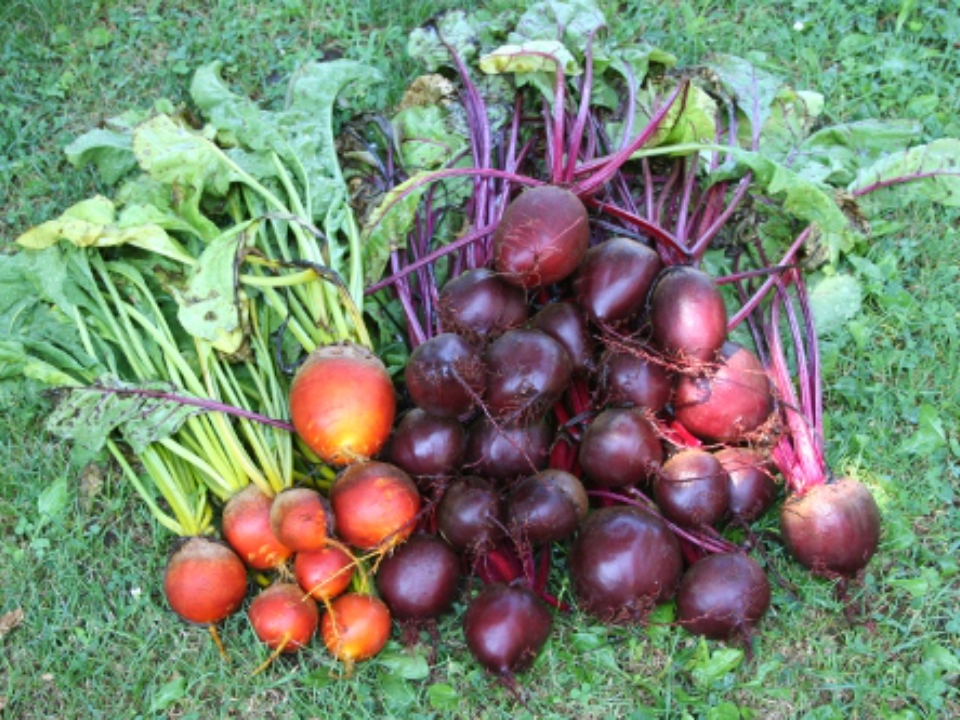
Beets provide both edible roots and leafy tops, which makes them a useful crop for repeat harvests. You can trim a few leaves without hurting the root, or wait and pull the full plant later. They do well in cooler months and grow best when temperatures are mild. Growing them in waves gives you a longer season of fresh beets.
Good soil preparation helps the roots form evenly. Avoid planting in rocky soil, which can lead to misshaped roots. Watering steadily is important for both leaf and root quality. Try mixing beet seeds with quick greens like radish to make the most of your garden rows.
Turnips
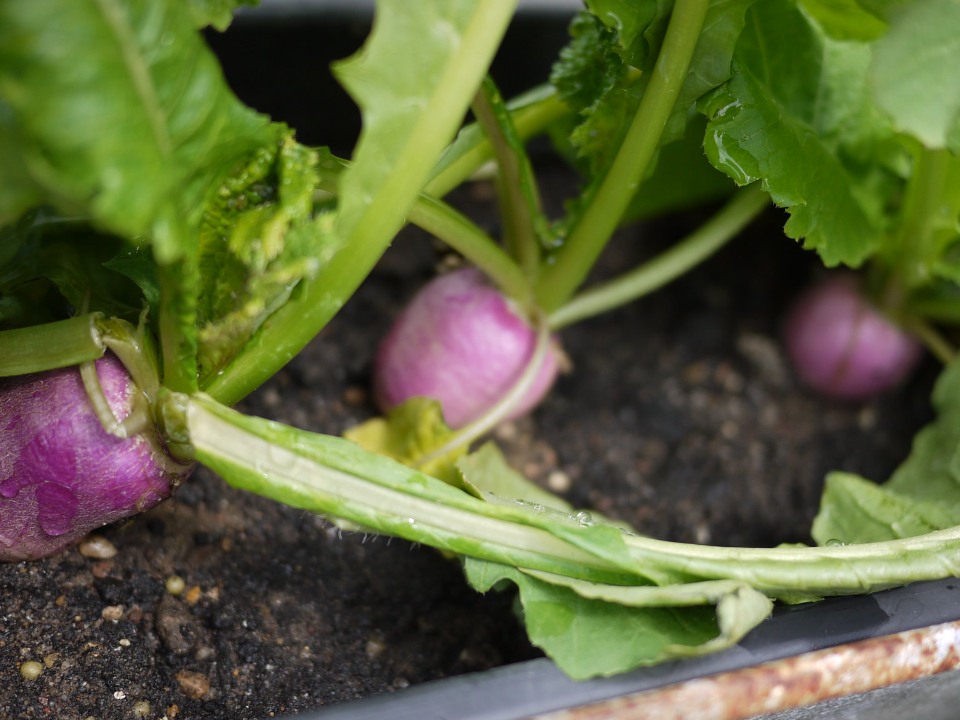
Turnips are another dual-purpose vegetable offering leafy greens and crisp roots. The leaves can be picked while the root continues to develop. They grow well in cool conditions and can be planted early in spring or in late summer. Turnips are ready to harvest in about two months.
Make sure the soil is soft and well-drained to help the roots grow straight. Regular watering and thinning of seedlings make a big difference. Picking smaller turnips results in sweeter taste. Sow more seeds every few weeks to keep fresh greens and roots coming.
Bok Choy
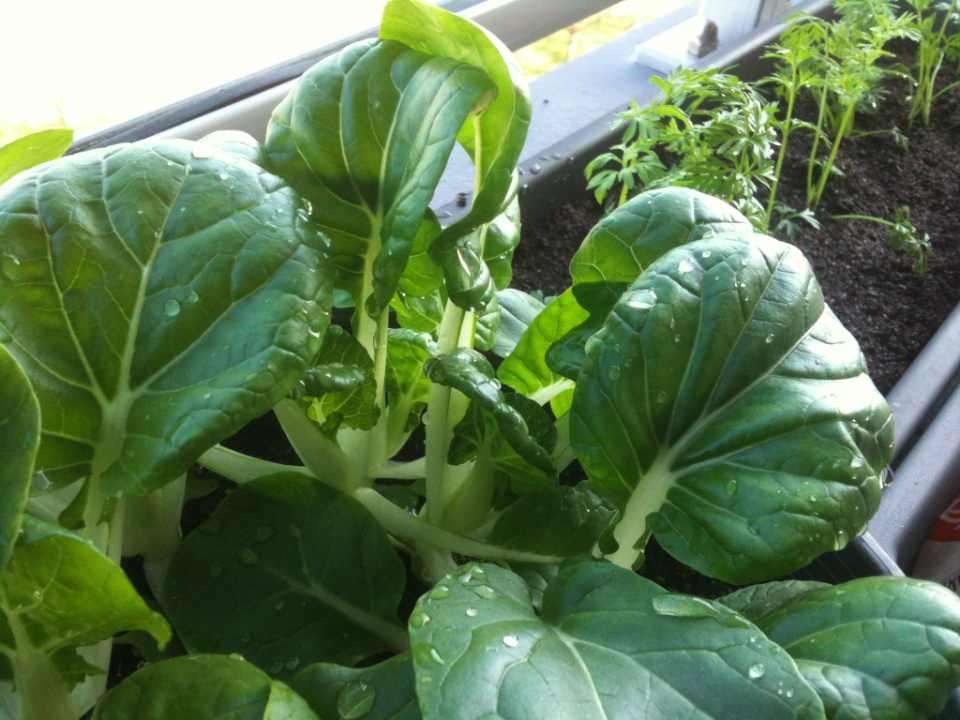
Bok choy grows quickly and allows for regular picking of outer leaves. This method lets the plant keep growing while providing ingredients for stir-fries and soups. It prefers cooler weather but can be grown again in the fall. Rich soil and good drainage help with strong growth.
It is best to plant it in a spot with some shade if temperatures rise. Water evenly to keep the leaves tender. Cut off flower stems right away to prevent it from going to seed. With good timing, you can get more than one harvest from each plant.
Mustard Greens
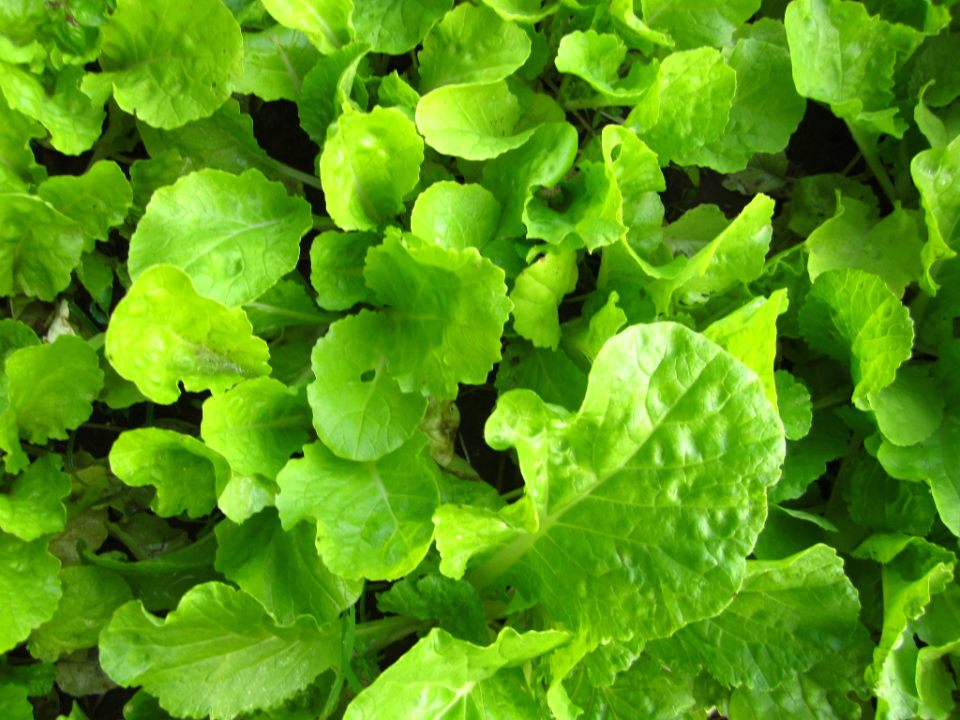
Mustard greens grow quickly and can be harvested leaf by leaf, letting the plant keep producing. Their spicy flavor adds a kick to salads or cooked dishes. They prefer cooler temperatures and will grow best in early spring or fall. Picking the larger outer leaves first encourages the plant to send out new growth.
To maintain a steady supply, sow seeds every two weeks. The plants grow well in loose, rich soil with regular watering. If the plants start to flower, the leaves may become too strong in flavor, so harvest before that happens. Mustard greens can grow in containers or small garden beds with ease.
Collard Greens
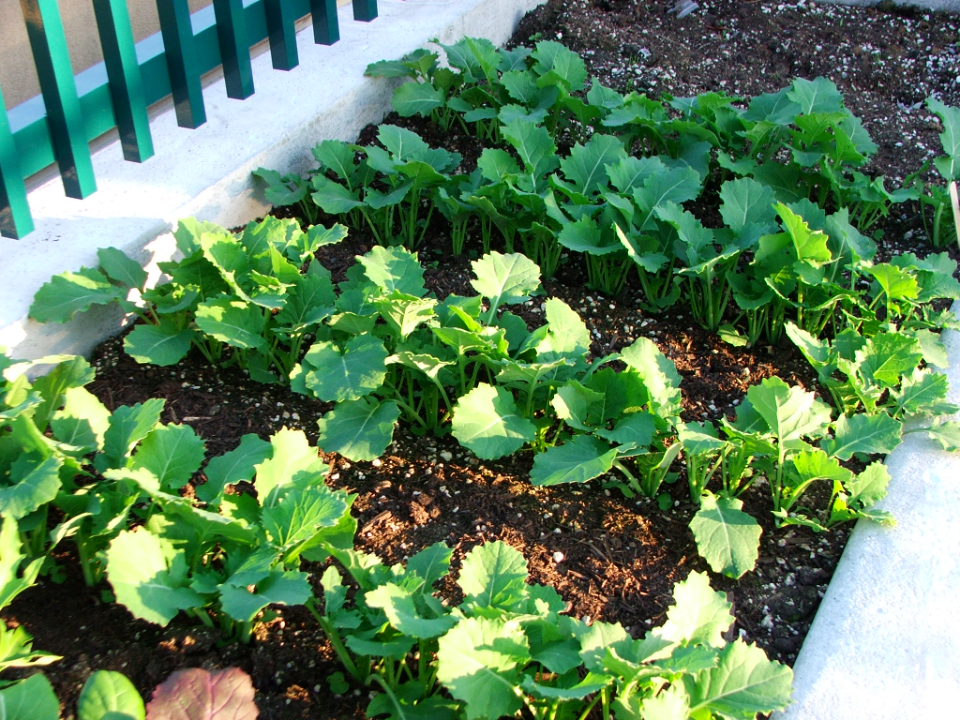
Collard greens are known for their large, dark green leaves and strong growing habits. You can harvest the bottom leaves while the plant keeps growing upward. This makes them an ideal choice for gardeners looking for a long-lasting crop. They handle heat better than some leafy greens and do well into fall with light frost.
Prepare the soil with compost and space the plants widely to allow them to grow full and tall. Water regularly, especially during dry spells. Pest control may be needed as caterpillars and aphids often visit the leaves. With care, collards can produce for several months straight.
Broccoli
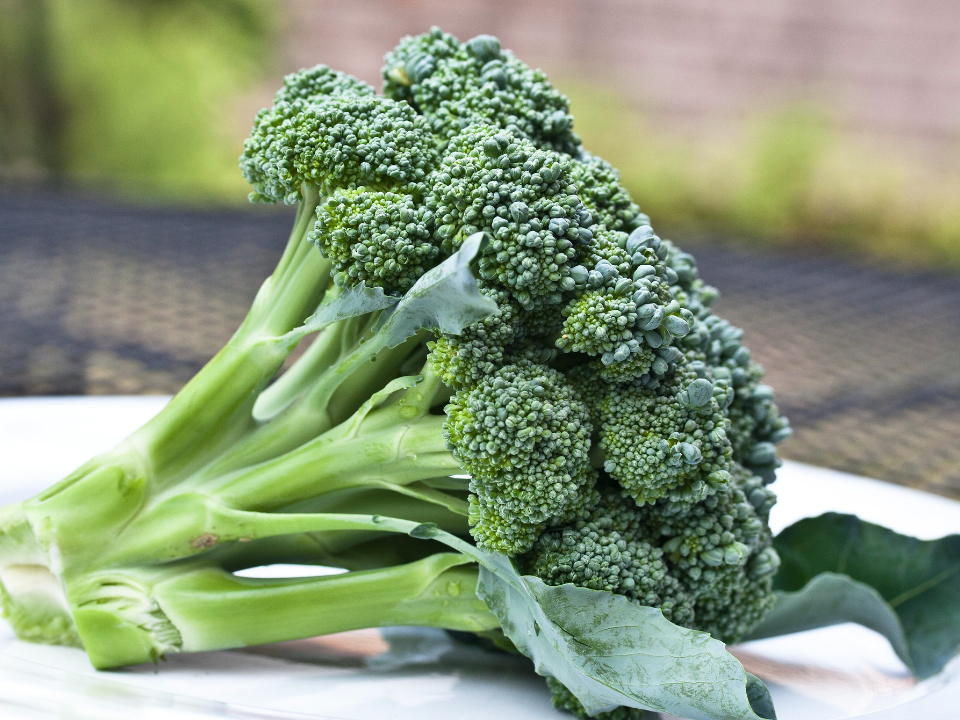
Broccoli is a great vegetable for repeat harvesting if you take the central head and leave the side shoots. After cutting the main head, the plant will send out smaller clusters that can be picked over time. This allows you to enjoy several rounds from a single plant. It grows best in cool weather with rich soil.
Start seeds early or buy young plants to save time. Water regularly and use mulch to help keep the soil moist and cool. Keep an eye out for cabbage worms and other pests. Harvesting side shoots often keeps the plant going longer than expected.
Cherry Tomatoes
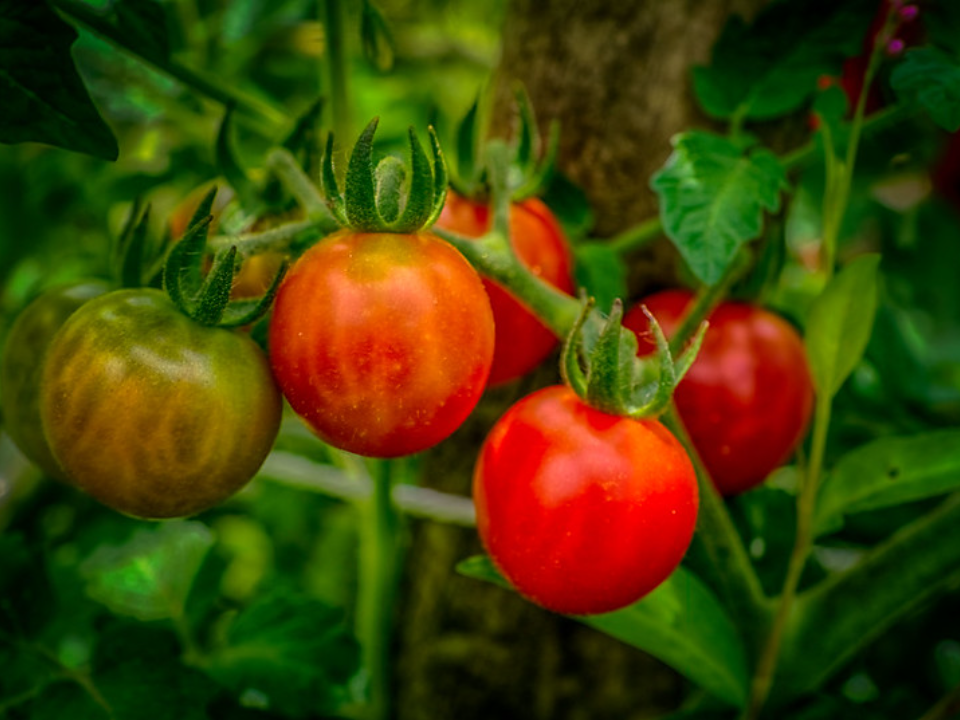
Cherry tomatoes keep producing for many weeks once they start ripening. Picking the fruit regularly helps the plant keep flowering and forming new fruit. These small tomatoes grow well in containers, raised beds, or open ground. They prefer full sun and warm conditions.
Support the plants with cages or stakes to help them stay upright. Water deeply but not too frequently to prevent splitting. Fertilize once a month to keep production steady. Regular harvesting and pruning of suckers keep the plant healthy and productive.
This article originally appeared on Avocadu.
